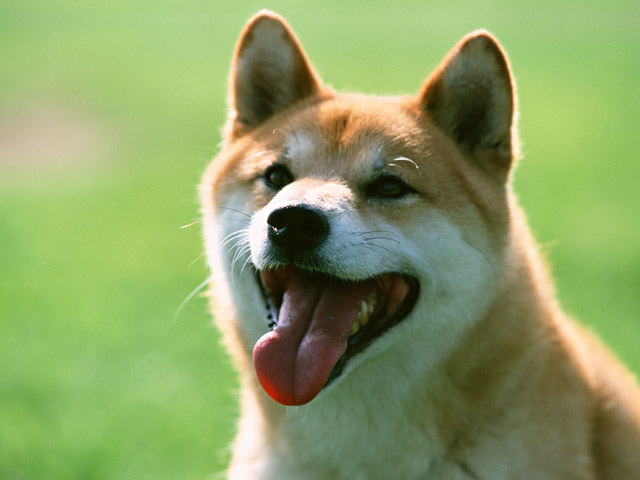
Surprise! Free Guide To Training Dogs
Dog leashes can be said to be a must-have for dogs, whatever you train your dog or take it out for a walk. It ’s just that the dog’s leash seems simple, but it still needs attention. We must have a certain method that will not harm the dog’s health, and we can get an obedient friendly dog. Therefore, we should also pay attention to some details of dog leash use!
For example, when a dog walks ahead of us or in other directions, at this time, the rope is pulled to send a signal to stop it, and then the rope is immediately relaxed. This series of actions is completed in a very short time, so the correct pulling of the rope is extremely important.
How To Use Dog Leash Correctly?
First, hold the sleeve tightly in your right hand and keep it properly slack. Holding the rope in your left waist with your left hand. The state of the rope should sag slightly from the dog’s collar to maintain a certain slack. We must always pay attention to whether the dog is in the correct position and whether it is pulling the rope. Otherwise, the purpose of training will not be achieved.
One of the easiest mistakes to make in the course of training is that in order to keep the dog in the correct position, the rope is often tightened and there is almost no relaxation. In this way, pressure is often applied to the dog’s neck. When it is necessary to correct the dog’s behavior, pulling the rope is meaningless, and the dog can no longer distinguish the difference between the two. In addition, when training or going for a walk, try to let the dog walk on our left side and face the same direction (if you are not used to the left side, you can also change to the right side). Let the dogs not ignore our existence arbitrarily running straight on the rope, so we are attractive and trustworthy for dogs.

If our dog doesn’t believe us, training becomes necessary. The method is as follows: First, when the dog is walking in a certain direction by pulling the rope, immediately force it to go in the opposite direction. You can turn on the way or go back and forth on the same road. In short, we must take the dog to walk. Secondly, when the dog is ready to pull the rope forward, pay attention to observe how the dog looks when pulling the rope. When this sign appeared, he pulled the rope back suddenly and held his neck. This moment’s strength and timing are very important. Suddenly apply pressure to the dog’s neck, and then relax the rope. However, it must be noted that if the rope around the dog’s neck is always tightened, the above training method will be ineffective.
Tips: Usually, let the dogs feel free at home. When walking, pay attention to keeping the dog leash slack.




